Max Roach - The Complete Max Roach 1953 - 1958 (2013)
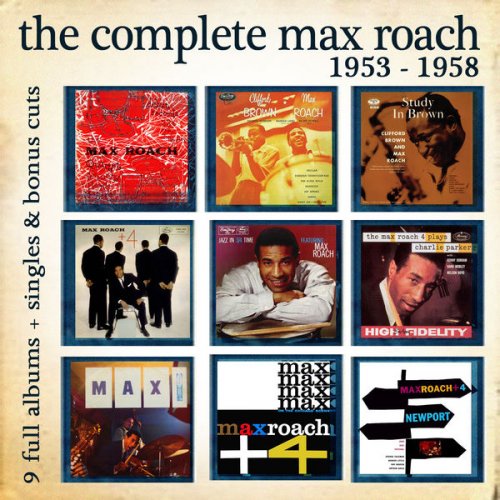
Artist: Max Roach
Title: The Complete Max Roach 1953 - 1958
Year Of Release: 2013
Label: Chrome Dreams
Genre: Jazz
Quality: FLAC (tracks)
Total Time: 5:18:39
Total Size: 1.55 GB
WebSite: Album Preview
Tracklist:Title: The Complete Max Roach 1953 - 1958
Year Of Release: 2013
Label: Chrome Dreams
Genre: Jazz
Quality: FLAC (tracks)
Total Time: 5:18:39
Total Size: 1.55 GB
WebSite: Album Preview
01. Cou-Manchi-Cou
02. Just One of Those Things
03. Glow Worm
04. Mobleyzation
05. Chi-Chi
06. Kismet
07. I'm a Fool to Want You
08. Sfax
09. Orientation
10. Drum Conversation
11. Delilah
12. Parsian Thoroughfare
13. The Blues Walk
14. Daahoud
15. Joy Spring
16. Jordu
17. What Am I Here For
18. Cherokee
19. Jacqui
20. Swingin'
21. Lands End
22. George's Dilemma
23. Sandu
24. Gerkin for Perkin
25. If I Love Again
26. Take the a Train
27. Ezz-Thetic
28. Dr. Free-Zee
29. Just One of Those Things
30. Mr. X
31. Body and Soul
32. Woody 'N' You
33. Blues Waltz
34. Valse Hot
35. I'll Take Romance
36. Little Folks
37. Lover
38. The Most Beautiful Girl in the World
39. Yardbird Suite
40. Confirmation
41. Koko
42. Billie's Bounce
43. Apres-Vous
44. Parker's Mood
45. Crackle Hut
46. Spectacular
47. That Old Devil Called Love
48. Audio Blues
49. C.M.
50. FOUR-X
51. Shirley
52. My Old Flame
53. Stella by Starlight
54. Stompin at the Savoy
55. Memo to Maurice
56. La Villa
57. A Night in Tunisia
58. Tune Up
59. Minor Mode
60. Love for Sale
Maxwell Lemuel Max Roach (January 10, 1924 August 16, 2007) was an American jazz percussionist, drummer, and composer and a pioneer of bebop. Roach went on to work in many other styles of music and is generally considered alongside the most important drummers in history. He worked with many other world renowned jazz musicians, including Coleman Hawkins, Dizzy Gillespie, Charlie Parker, Miles Davis, Duke Ellington, Thelonious Monk, Charles Mingus, Billy Eckstine, Stan Getz, Sonny Rollins, Clifford Brown, Eric Dolphy and Booker Little. Roach also led his own groups, and made numerous musical statements relating to the African American civil rights movement. He grew up in a musical home, his mother being a gospel singer. At the age of 10, he was already playing drums in some gospel bands. In 1942, as an eighteen-year-old fresh out of Boys High School, he was called to fill in for Sonny Greer with the Duke Ellington Orchestra when the group were performing at the Paramount Theater. In 1942, Roach started to go out in the jazz clubs of the 52nd Street and at 78th Street & Broadway for Georgie Jay's Taproom His first professional recording took place in December 1943, supporting Coleman Hawkins. Roach's most significant innovations came in the 1940s, when he and jazz drummer Kenny Clarke devised a new concept of musical time. By playing the beat-by-beat pulse of standard 4/4 time on the ride cymbal instead of on the thudding bass drum, Roach and Clarke developed a flexible, flowing rhythmic pattern that allowed soloists to play freely. The new approach also left space for the drummer to insert dramatic accents on the snare drum, crash cymbal and other components of the trap set. In no other society, Roach once observed, do they have one person play with all four limbs. While that approach is common today, when Clarke and Roach introduced the new style in the 40s it was a revolutionary musical advance. Stan Levey summed up Roach's importance: I came to realise that, because of him, drumming no longer was just time, it was music. He was one of the first drummers (along with Clarke) to play in the bebop style, and performed in bands led by Dizzy Gillespie, Charlie Parker, Thelonious Monk, Coleman Hawkins, Bud Powell, and Miles Davis. Roach played on many of Parker's most important records, including the Savoy November 1945 session, a turning point in recorded jazz. In 1954, Roach and trumpeter Clifford Brown formed a quintet that also featured tenor saxophonist Harold Land, pianist Richie Powell (brother of Bud Powell), and bassist George Morrow, though Land left the following year and Sonny Rollins soon replaced him. The group was a prime example of the hard bop style also played by Art Blakey and Horace Silver, but they were short lived. Brown and Powell were killed in a car accident on the Pennsylvania Turnpike in June 1956. The first album Roach recorded after their deaths was Max Roach + 4 . After Brown and Powell's deaths, Roach continued leading a similarly configured group, with Kenny Dorham (and later the short-lived Booker Little) on trumpet, George Coleman on tenor and pianist Ray Bryant. Roach expanded the standard form of hard-bop using 3/4 waltz rhythms and modality in 1957 with his album Jazz in 3/4 time. During this period, Roach recorded a series of other albums for the EmArcy label featuring the brothers Stanley and Tommy Turrentine. One of the true greats of jazz, Max Roach continued to record and perform almost until his death in 2007. This 4CD compilation features, in their completion, Roach s first 9 albums as either leader or co-leader (with Clifford Brown) and features such classic LPs as The Max Roach Quartet Featuring Hank Mobley , Max Roach + 4 and Clifford Brown & Max Roach , among a cool cornucopia of six other masterful recordings
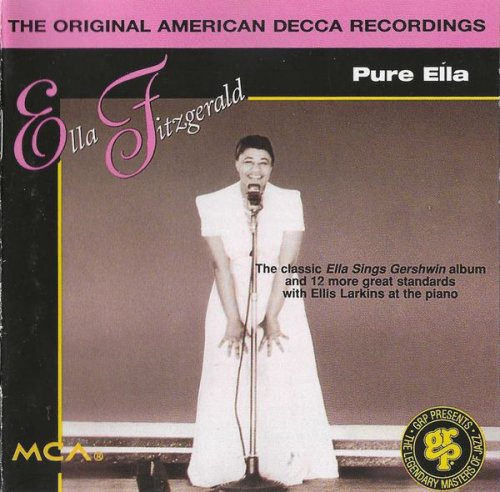
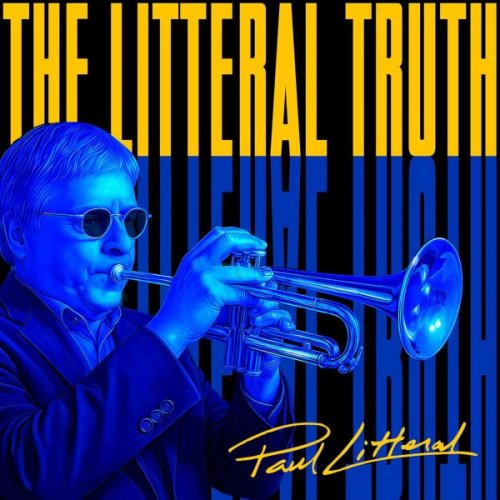
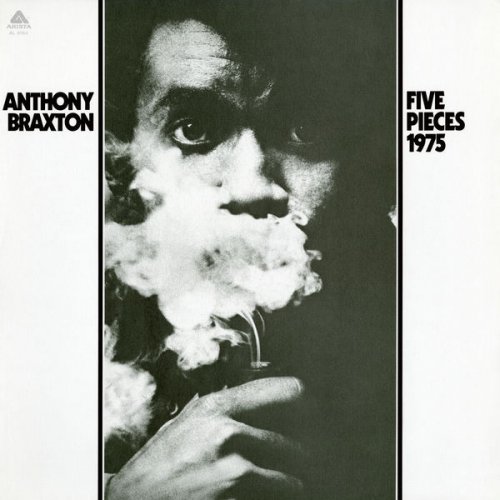
![Black Flower - Abyssinia Afterlife (2014) [Hi-Res] Black Flower - Abyssinia Afterlife (2014) [Hi-Res]](https://img.israbox.com/img/2025-12/21/anj3jk2va3pc3i9y3pv0m7zde.jpg)
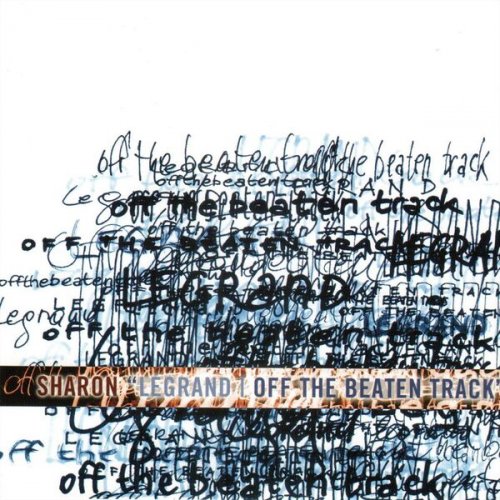
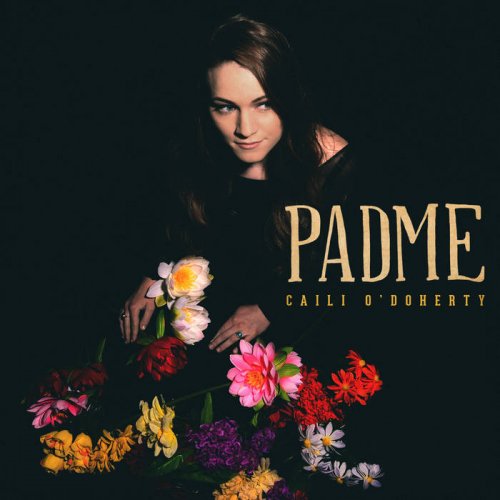
![Luizinho do Jêje, Marcelo Galter, Sylvio Fraga - Mocofaia (2024) [Hi-Res] Luizinho do Jêje, Marcelo Galter, Sylvio Fraga - Mocofaia (2024) [Hi-Res]](https://img.israbox.com/img/2025-12/19/ie15pqye9f7axu0oyf0ndsk7k.jpg)
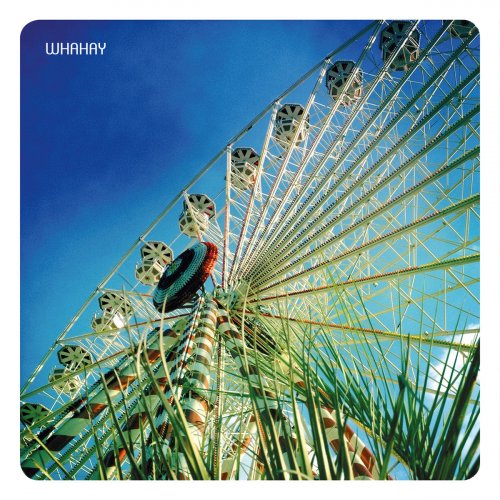
![Black Flower - Ghost Radio (2016) [Hi-Res] Black Flower - Ghost Radio (2016) [Hi-Res]](https://img.israbox.com/img/2025-12/21/9jx4xnhjd3hra5u06rbmghsre.jpg)